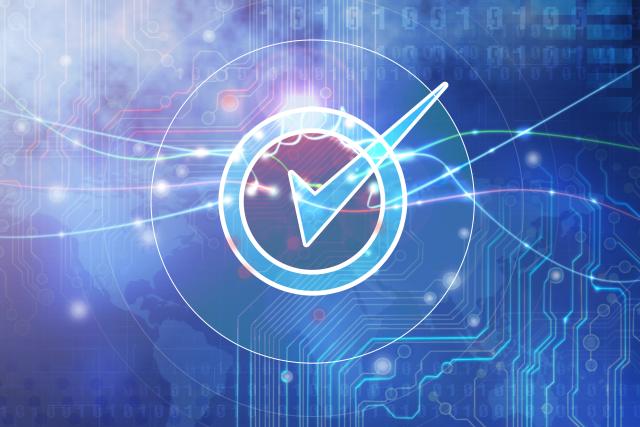Published on the 08/09/2015 | Written by Steve Beards

With Microsoft stating that Windows 10 is the last launch of its kind, Steve Beards, Flexera Software VP of APAC and Japan takes a look at what that means for business users…
While individual consumers and enterprises are accustomed to new releases of the Windows OS every few years, Windows 10 will now introduce regular and continual updates in perpetuity. Following its launch, the next update, known as Service Release 1 (SR1) is already rumoured to be arriving in August, with a larger update scheduled for October. While this can be considered a positive development for individual consumers, for enterprise IT departments, this presents a whole new level difficulty, and requires greater attentiveness and support. Why? The intricacy of managing automatically installed software updates is unprecedented and if not monitored and managed correctly, has the potential to fracture already stressed enterprise’ IT environments, breaking applications that otherwise functioned well before the installation of new updates, and significantly hindering user experience. Typically, every time a new upgrade/patch/functionality is introduced, IT departments have to engage in a whole series of processes to ensure the new release is reliable and test for compatibility with the environment (hardware, software on-premise, mobile, cloud and in virtualised settings), fix and repackage the app and then deliver the new updates to end users. This process is absolutely crucial to ensure that the new release, patch or upgrade will function properly with minimal down-time for the end-user. So how will IT departments manage automatic updates? A combination of varied technology environments, multiple operating systems and a growing assortment of business critical applications is making the role of IT ever-more critical and evermore complex. Given that IT is already facing pressure to keep their organisations’ technology environment cutting edge with tighter budgets and shrinking teams, they may reach breaking point as they struggle to keep up with continuous OS updates. Even now, IT departments are only just coping with ‘traditional’ OS migrations every three to four years- projects which are widely considered to be the most stressful, time-intensive, manpower heavy and costly of all IT projects. But there’s a way around this. Enterprises can overcome the challenges outlined above by embracing continual application readiness best practices to ensure compatibility and service quality. The issue surrounding Windows 10 has only reinforced how important application readiness is to a smooth transition and reliable application deployments. Application readiness processes encompass application rationalisation, packaging and Windows 10 compatibility testing with physical, virtual and mobile applications. In keeping with the Windows 10 notion of continuous upgrades, an application readiness approach helps automate migration planning, testing, remediation and repackaging software for deployment. Such an approach can make software upgrades and lifecycle management ‘par for the course’, requiring a fraction of the cost and IT resources compared to manual migrations– for Windows 10 related updates as well as other software/applications.



























